
It's the UK, we can expect anything at any time.

It's the UK, we can expect anything at any time.

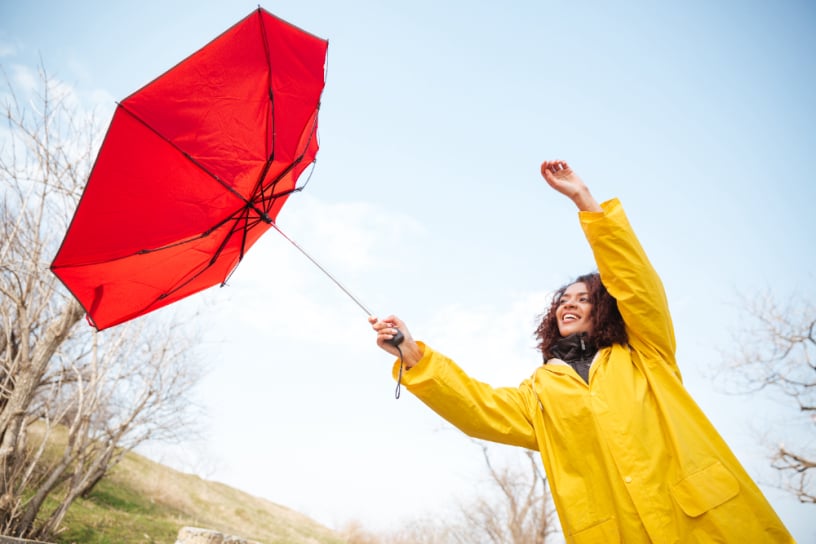
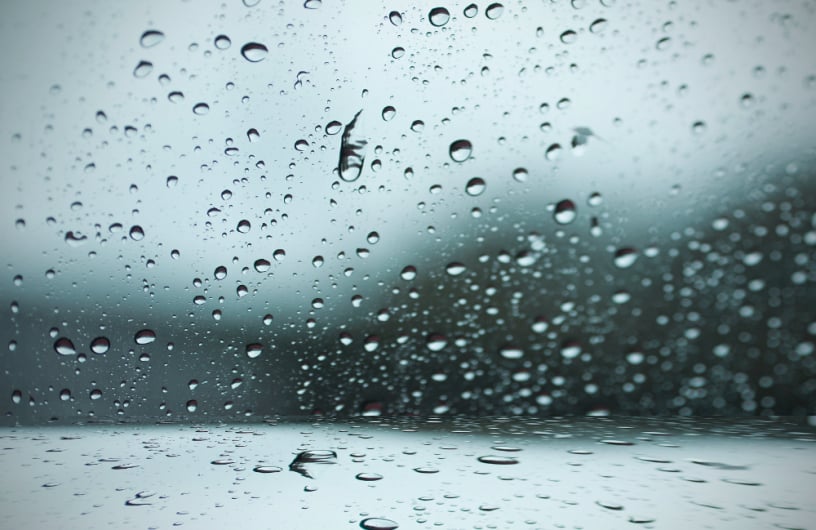

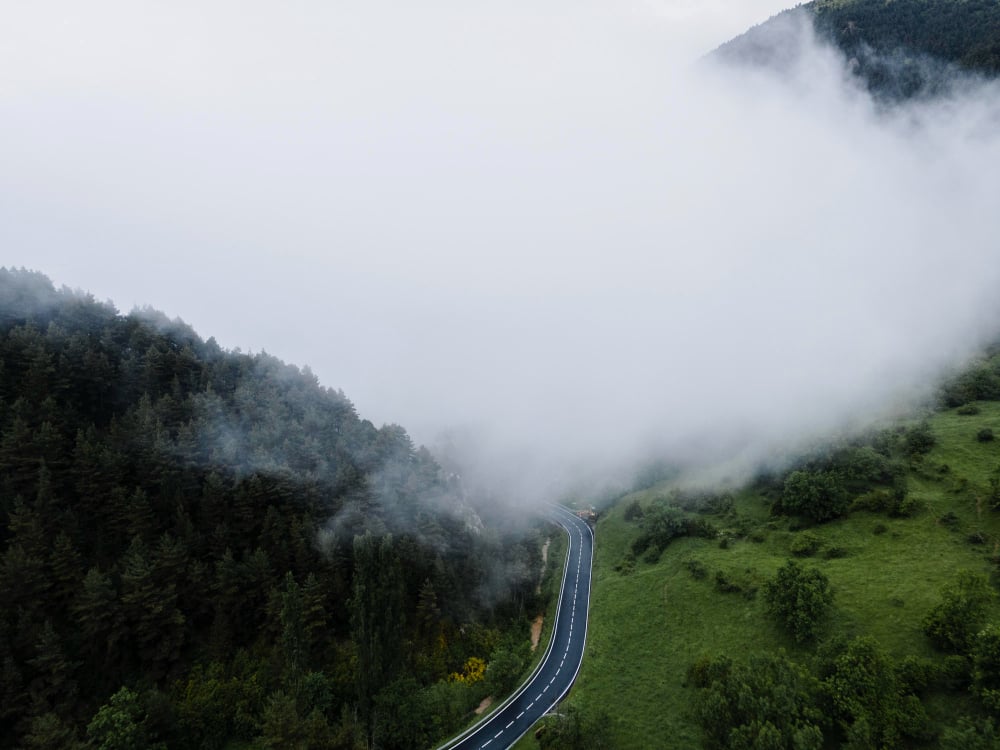
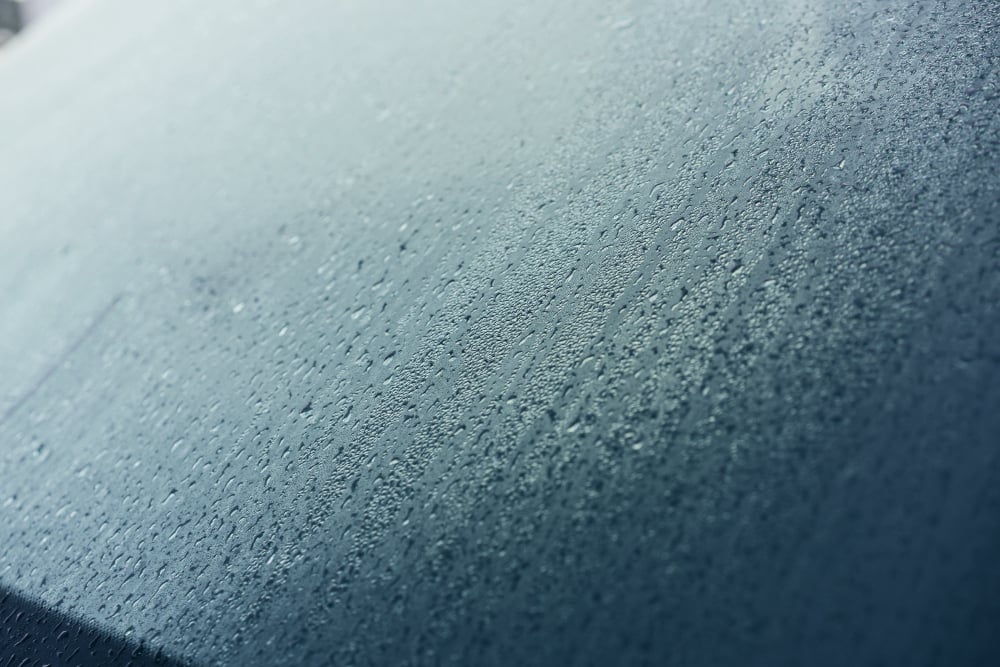
Just because we've grown up with relatively good weather and know or think we know how to deal with it,
when it comes to driving, it is a whole new ball game of things we may need to adapt to.

WIND tends to be the least of car drivers concerns out of all the different weather conditions we have to deal with in the UK.
However! It has as many dangers as any of the other weather conditions. Some of the items below need to be considered when it is windy.
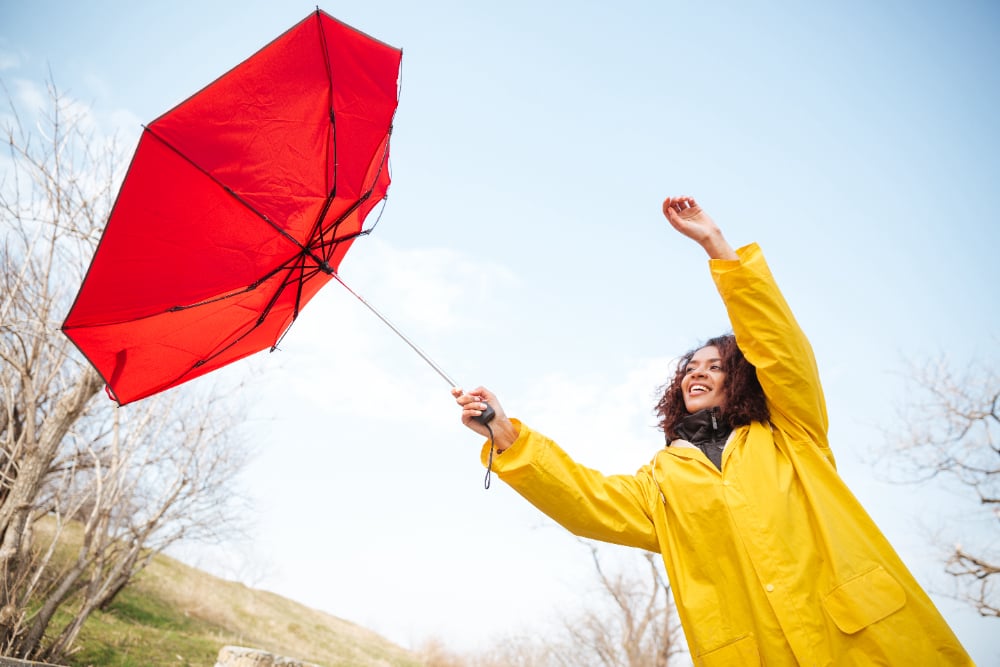
The level of rain we get in the UK can change deeply.
Sometimes we'll get the lightest of showers that come to nothing and is gone as quickly as it started,
however we can get days or even weeks of continuous rain,
and of late the level of rain we are getting seems to be getting more year on year.
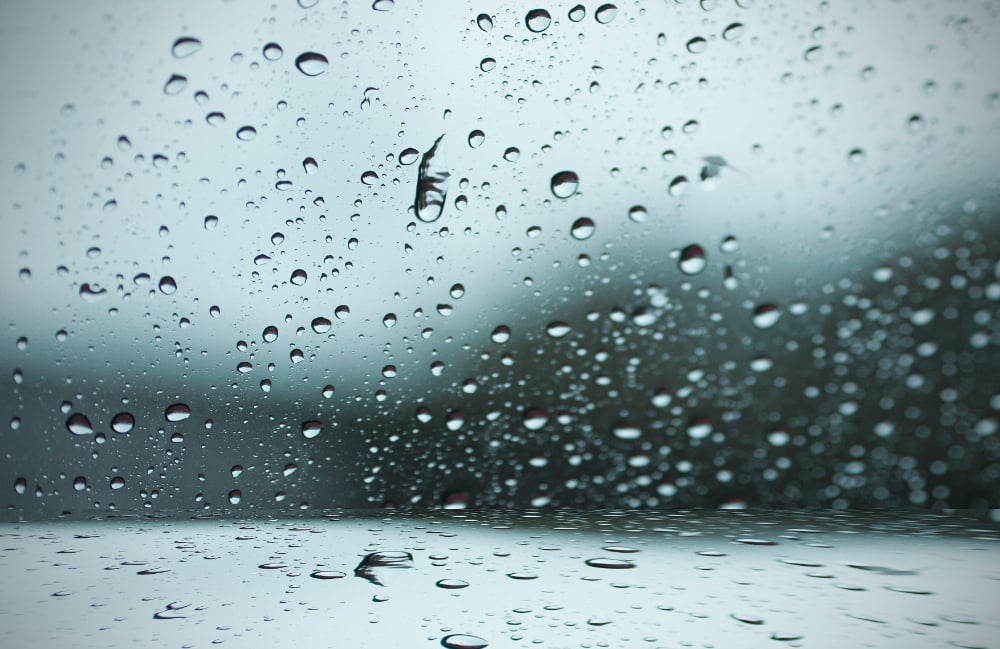
We all love a bit of Snow don't we?
But yet again as with all the other weather conditions, it comes with its own dangers.

DO NOT Move off in 1st gear- Select as high a gear as possible to avoid wheelspin
Accelerate heavily - this will also cause wheelspin. Unless you are playing around in snow in a safe environment,
you will NEVER want to be accelerating heavily in snow or ice you will just lose control of the car.
Steer sharply - could cause the car to go into a skid and cause you to lose control of the car.
Plan ahead so you can adjust your speed so as to not need to steer sharply
Brake heavily - will cause a skid and cause you to lose control of the car. Brake earlier and gentler.
In driving terms it should stand for FOOT OFF GAS!
In other words, SLOW DOWN!

Obviously, we have already discussed how temperature changes can cause Fog,
but if can also create changing conditions very quickly within the confines of your car.
With ALL of the options listed above, there will be good and bad depending on how quickly or how intensely the windows mist up.
But irrelevant of any of the options above,
IF YOU CANNOT SEE WHERE YOU ARE GOING, YOU ARE PUTTING YORSELF AND EVERYONE ELSE IN DANGER,
SO STOP and resolve the situation!
REMEMBER!
YOU CANNOT HIT ANYTHING IF YOU ARE NOT MOVING!

ALL weather conditions have their benefits and their pitfalls, but to become a safe and confident driver, you will need to experience ALL of them.
A learner who starts their driving lessons in MAY and takes their test in JULY or AUGUST of the same year. and all their lessons were held between 9am and 3pm, will probably not have got to experience all of these different weather conditions or driving in the dark.
Are they prepared to be a full licence holder?
I would say 100% NO!
If you are one of these learners who has passed their test without experiencing all these conditions, I would highly recommend you have a chat with your past instructor or any that may be available to gain some additional experience driving in conditions that you have not experienced before.
Maybe even consider a Pass Plus course.
There might not be someone sat next to you to assist you when your have to experience these for your first time and it can be a scary time.